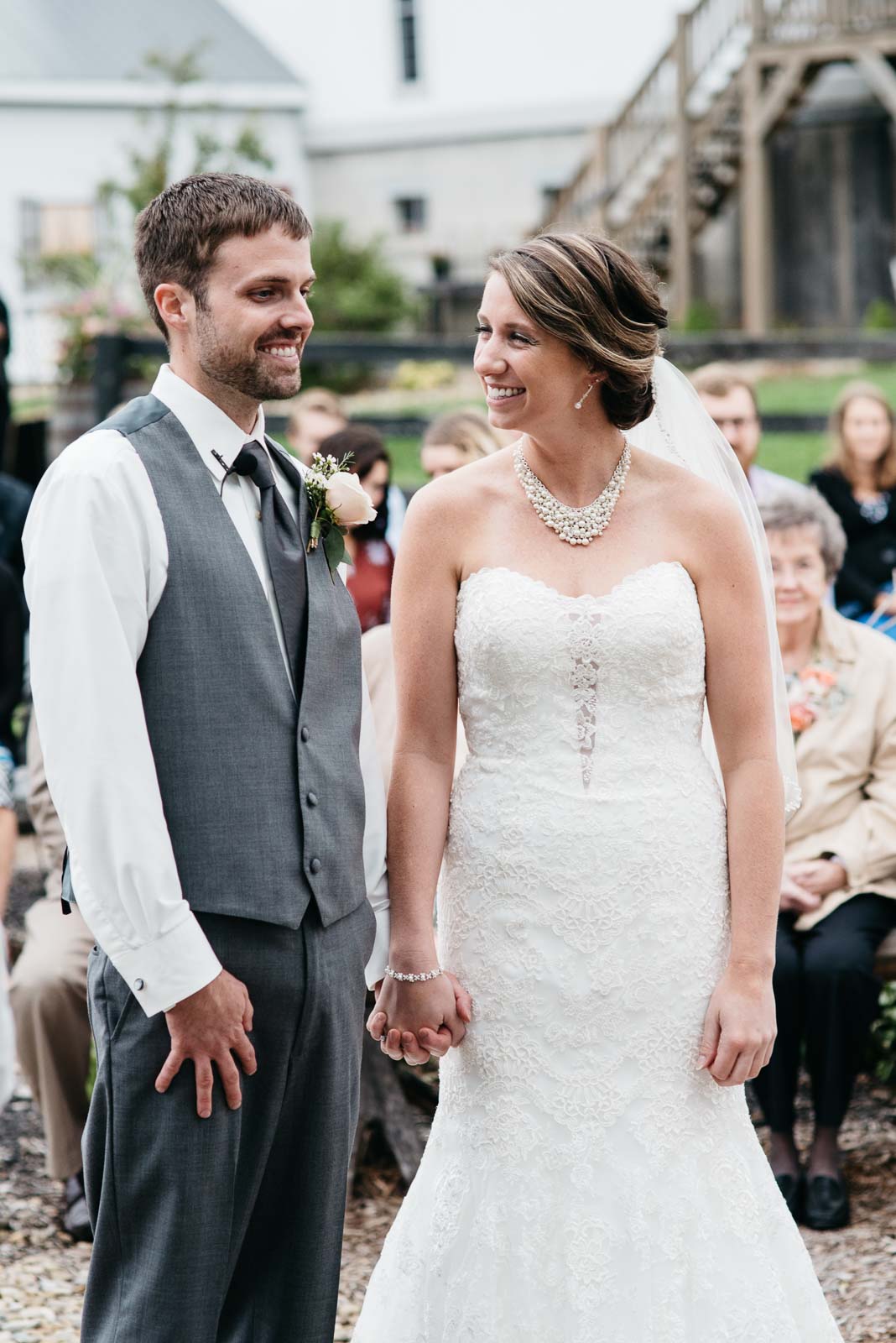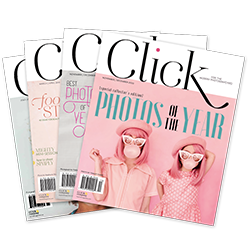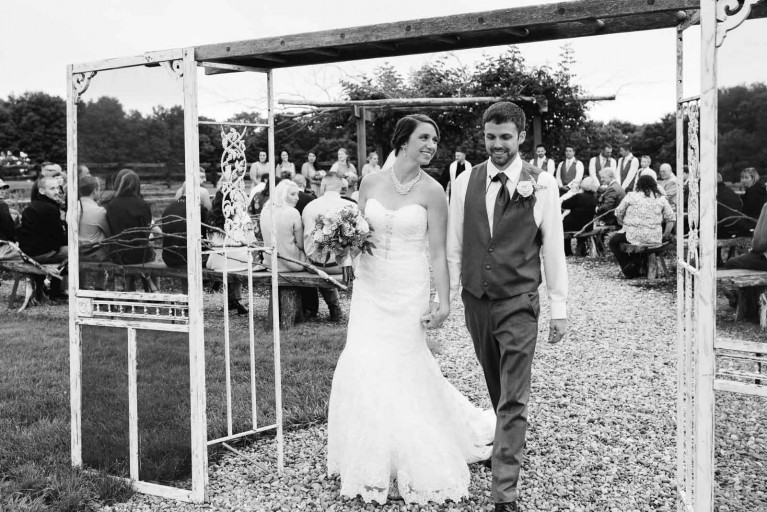Being a second photographer is a great way to get a taste of what wedding photography is all about without the pressure of doing it completely on your own. Second photographers are super important to many pro wedding photographers who want to make sure every detail is covered. But what exactly is a second photographer and how can you be a good one? You’ll find that expectations vary from one photographer to the next. It gets confusing! But as a lead photographer who has worked with many second photographers, I’ll share what I think you should know.
1. Ask questions before the wedding day.
Make sure you communicate fully with the lead photographer prior to the day of the wedding. You do not want to show up on the day of the wedding without knowing key details and expectations. Here are a few questions to ask the lead photographer before agreeing to be a second photographer:
Q: What equipment do you expect me to bring and will you provide any equipment?
A: Most professional wedding photographers will expect their second photographer to shoot RAW image files with a full-frame camera. I shoot with two Nikon D750 bodies. I have a Nikon 70-200mm lens on one body. On the other, I alternate between a Tamron 24-70mm G2 lens and a Sigma 35mm Art. This is what works for me. You may find that you are all set with one camera body and a lens you know like the back of your hand.
A second photographer will also likely need at least one flash and basic knowledge of how to use it. I am predominantly a natural light photographer, but once we get to the reception it’s necessary to use a flash to help light the scene.
Q: Can I use the images I create for my portfolio?
A: Make sure you ask this question in advance if you’re looking to boost your wedding photography portfolio. The answer varies from photographer to photographer. Most understand the importance of a second photographer being able to use images on their own. We all had to start somewhere.
As a lead photographer, I ask that my second photographer not post any of their images until I have shared a blog post on social media. I want to make sure that the clients see my curated vision of the day first. If my second photographer creates a blog post of the day, I ask them to include a link to my website so that potential readers know the images were made under my direction. I do not require my second photographer’s to tag individual images with credit in a portfolio.
Q: How do you want me to deliver the images?
A: In some cases your lead photographer may provide you with memory cards and then collect the cards and images from you at the end of the night. Other times she will ask you to use your cards and then copy your images to a computer or hard drive before leaving the reception. The lead may also take your cards and mail them back to you. If your lead photographer doesn’t get your images at the end of the night, you may also be asked to mail the RAW files to her via a USB drive. You need to know your deadline.
Q: What is the pay rate for the day?
A: This is going to vary from lead to lead and based on your experience. Generally a good starting point is $20 per hour. This is dependent on the time you spend photographing the wedding, your experience as a photographer and your experience shooting weddings.
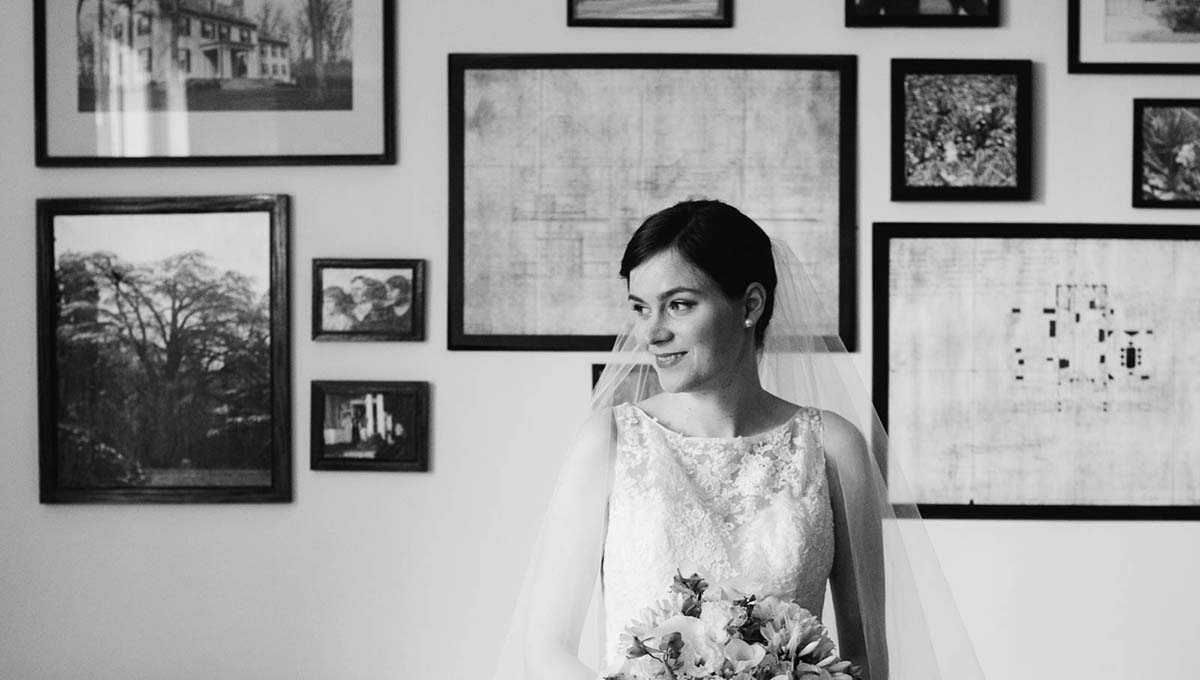
2. Be a great partner to your lead photographer.
Remember that you are there as a representative of your lead photographer’s business, not your own. It is not appropriate to solicit work from any of the guests or families in attendance while you are working for another photographer. You are not there to create images for your own portfolio (though bonus, you probably will!), so it’s best not to stand in the exact same position or shoot with the same lens as your lead. This will lead to duplicate shots and lack of variety.
Instead, you have the freedom to move around a bit and get more creative! I always encourage my second photographer to go grab whatever moves them. Often my second will be tasked with photographing the groom getting ready while I work with the bride. This may also include some formal poses with the groom and groomsmen.
I like feedback from my second photographer while posing couples and encourage that if they see something creative to give it a shot if we have time. While the lead photographer is responsible for getting the “safe” and “must-have” shots, the second photographer has flexibility to get creative with images.
It’s also fun to capture some images of your lead photographer working! I always appreciate having new images to show how hard I work for my clients on wedding days!
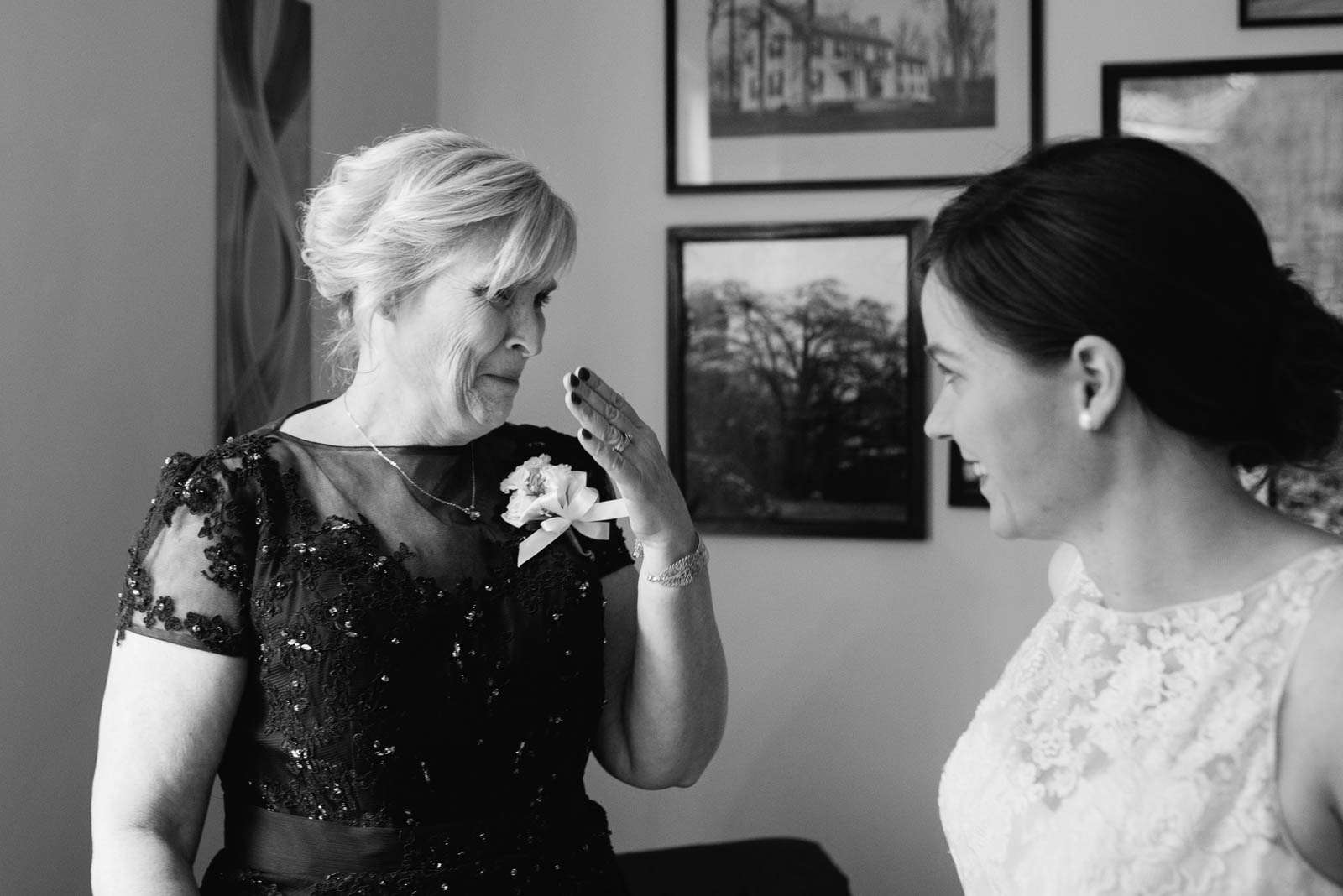

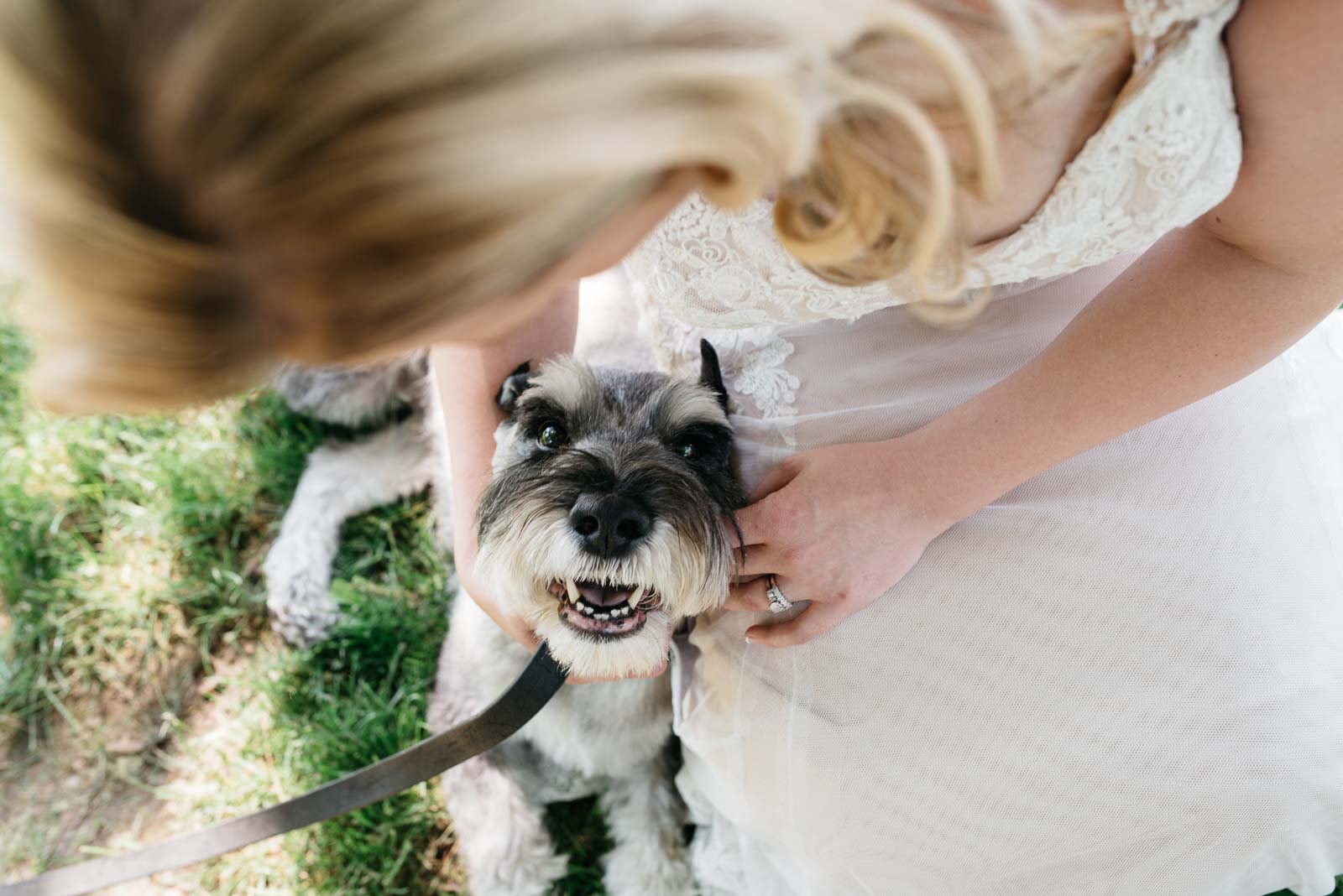
3. Know the lead photographer’s shooting location.
One of the best ways you can help your lead is to not get in any of their shots. If they are moving around the dance floor during a first dance, make sure you are not moving in the same direction across from them. Often I’m so focused on my couple that I won’t always notice where my second photographer is standing. It’s best then for you to notice where your lead is shooting and make sure you are not in their shot. If you see them in your camera, they will see you in their photo.
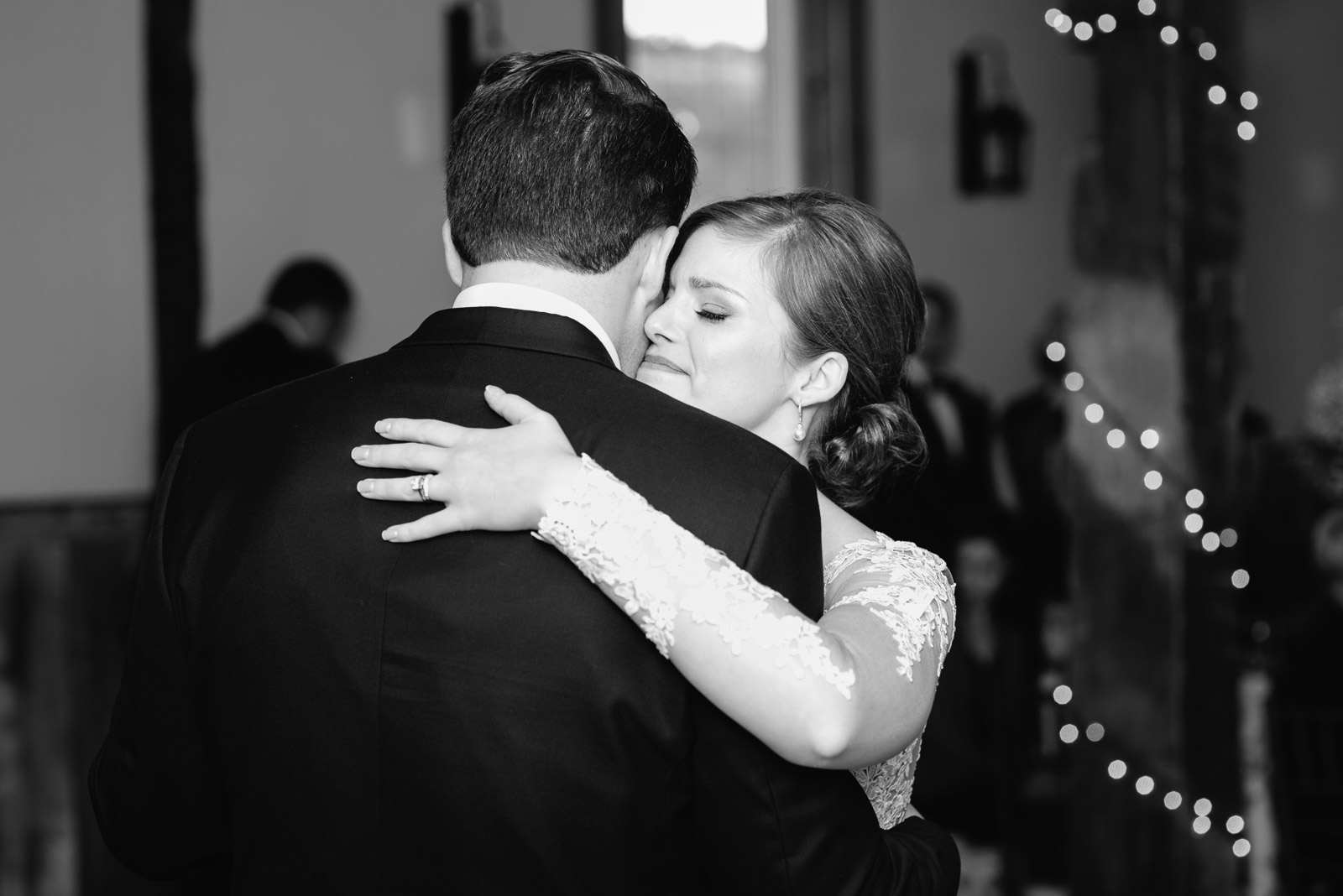
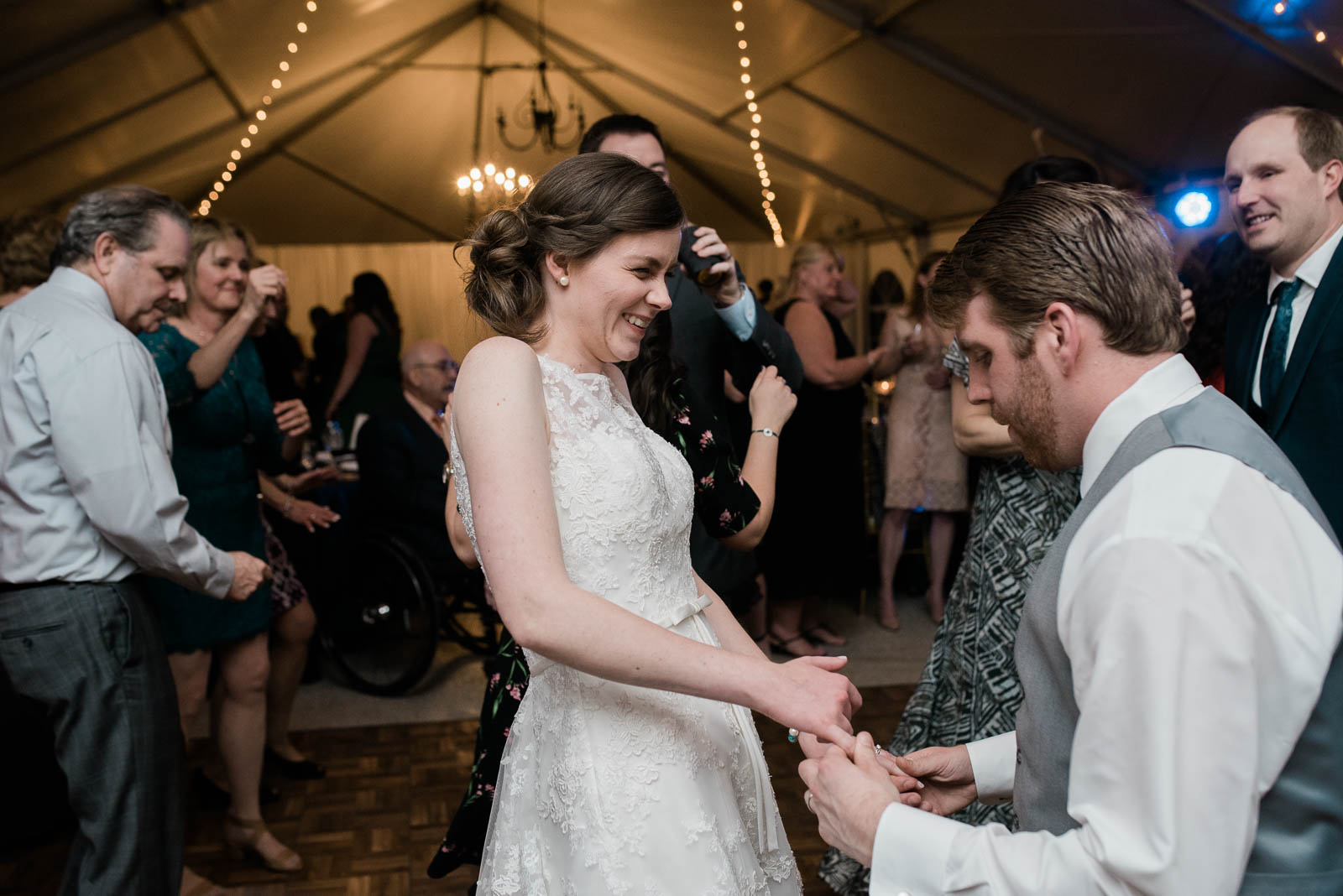
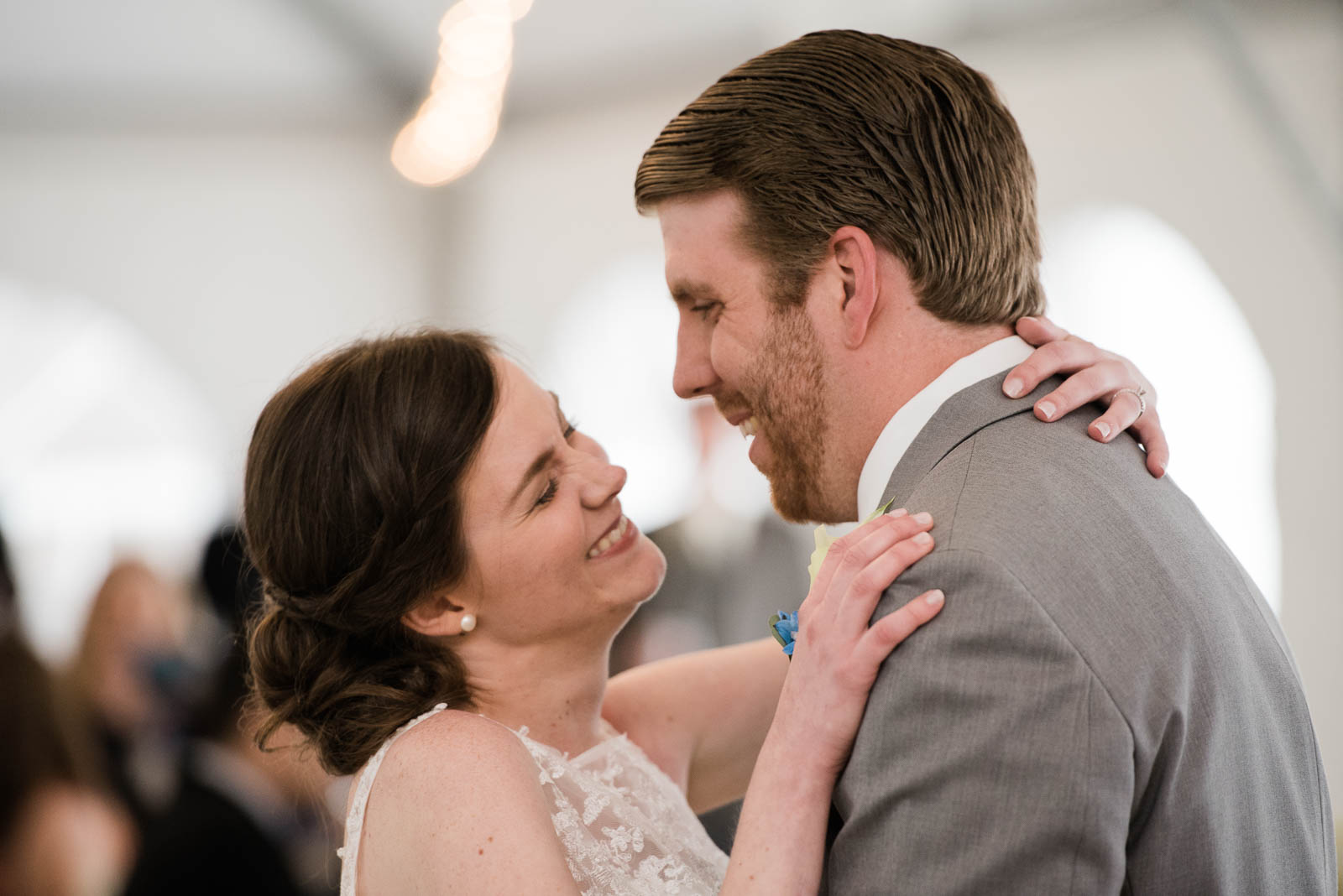
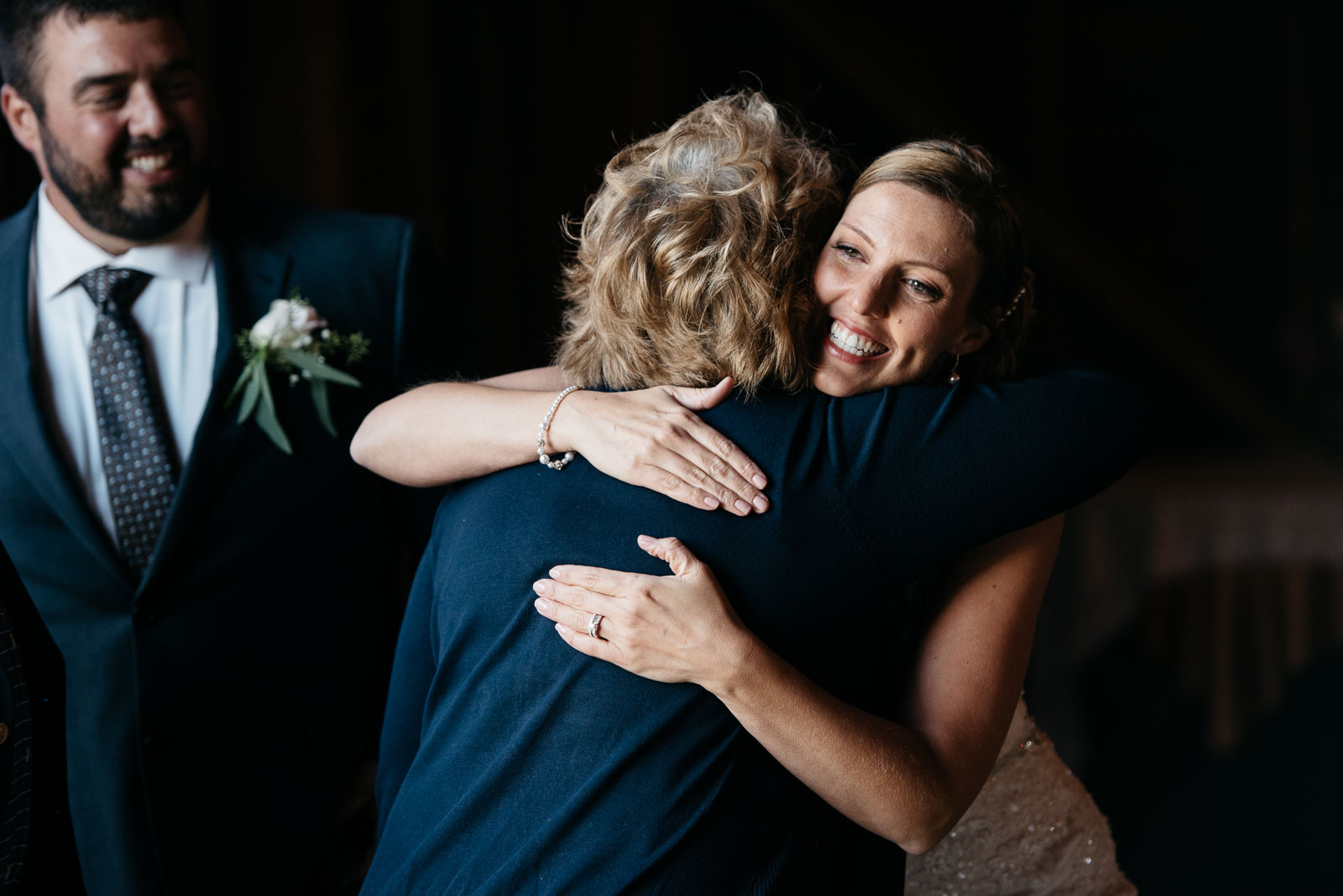
4. Dress for the job.
Remember to dress appropriately for the situation. I rarely dress in all black as some photographers like to. Instead, I dress as though I were going to be a guest at the wedding. I’ve worn more formal looking dresses and jackets to some venues, and jeans to a backyard wedding. It all depends on the couple you’re photographing and the location of the wedding.
Pro tip: Make sure nothing you’re wearing could lead to a color cast. Anything too bright may reflect back on the couple, particularly if you’re shooting at midday. If you’re not sure what to wear, always ask your lead for their thoughts and advice.
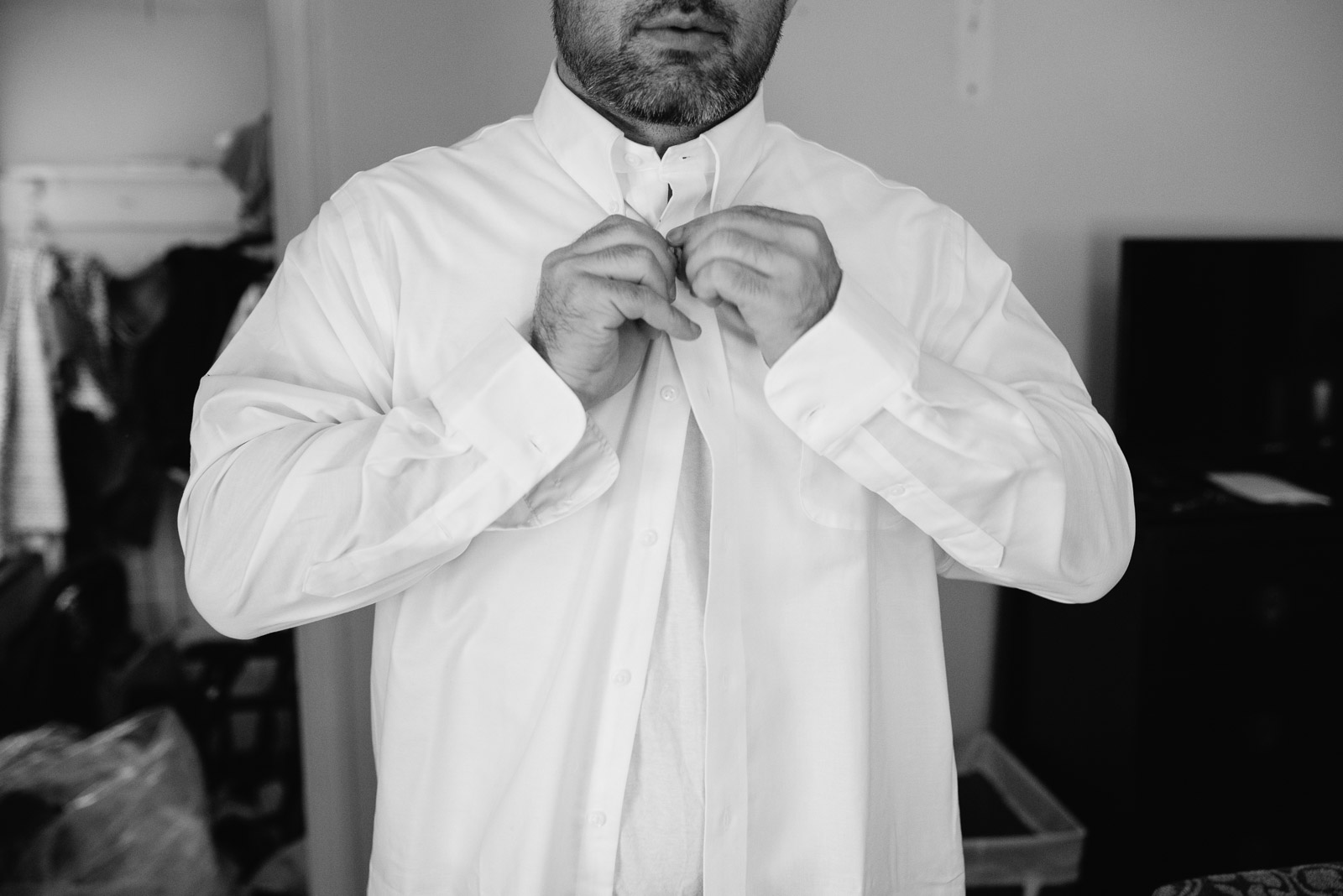
5. Remember to have fun!
Wedding days can be long and exhausting. The bottom line is that it’s your job as a second photographer to support your lead photographer and capture all the love and happiness of the day for the couple and their family. A smiling, happy second photographer can take the pressure off the lead and leave the couple and guests feeling really great about their photos.
Wedding days are full of smiles and joy and love! You get the opportunity to witness the beginning of a couple’s life together so remember to enjoy yourself, too.
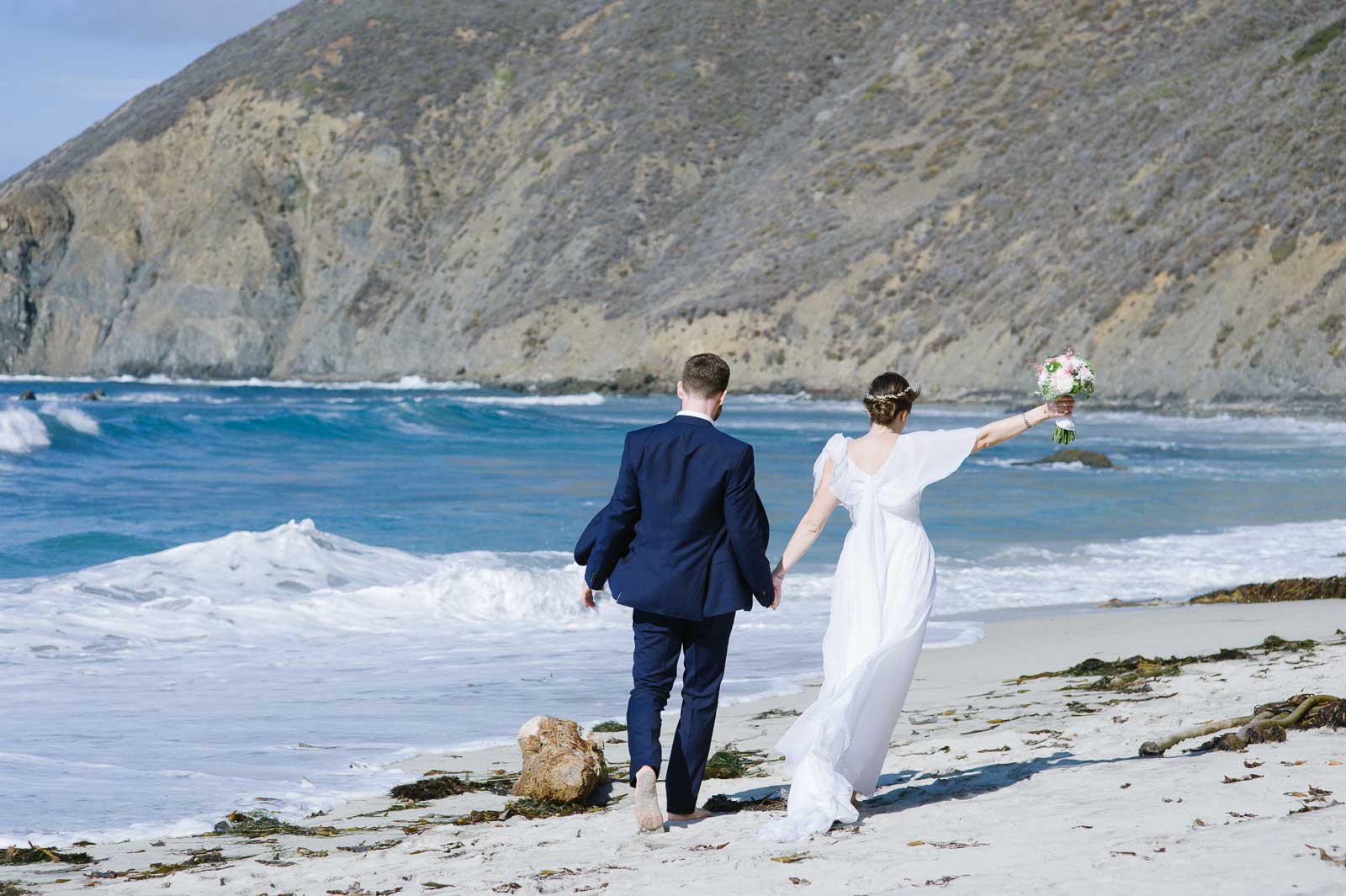
Mariah’s gear
Mariah shoots with two Nikon D750 cameras, along with a Nikon 70-200mm f/2.8 lens on one body and alternates between a Sigma 35mm f/1.4 Art lens and Tamron 24-70mm f/2.8 G2 lens on the other camera. She packs a spare Nikon D610, Sigma 85mm and Nikon 100mm macro lens as backup. She uses a Black Rapid double camera strap or Spider Holster Spider Pro dual camera system to carry her cameras. At receptions and for formal family photos she uses a Nikon SB-700 flash.
All photos by Mariah Fisher.
